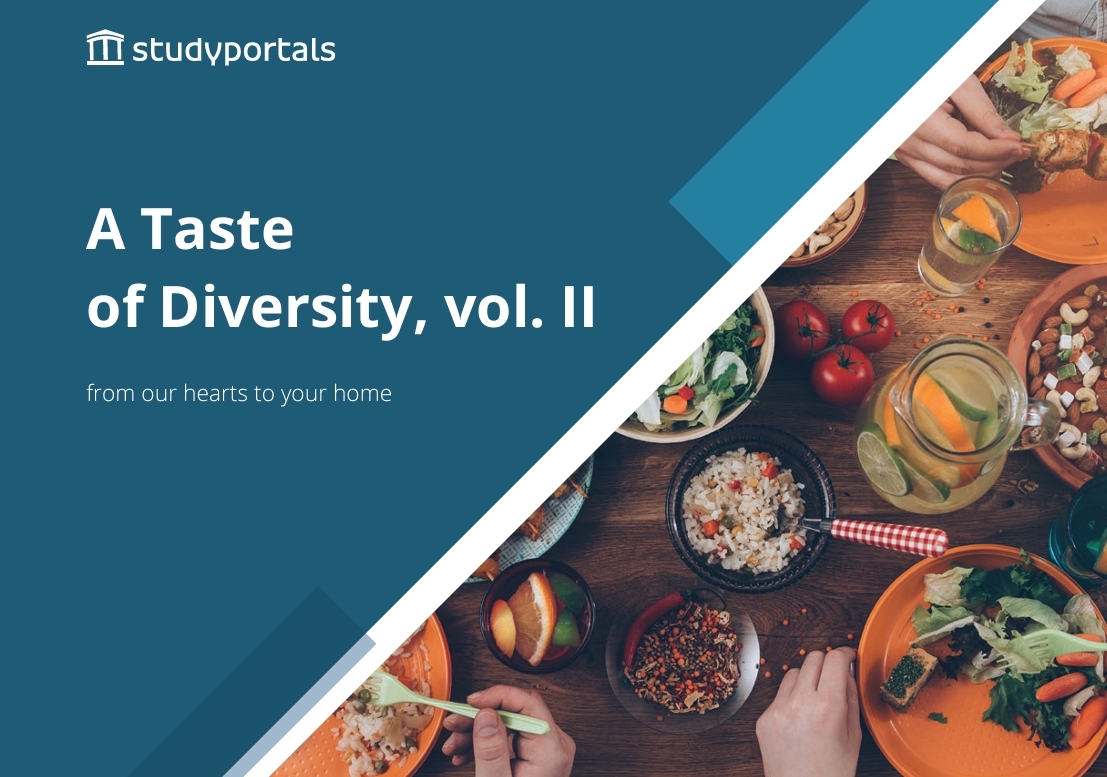The student recruitment funnel: 5 steps towards enrolment
With the Internet as main information source for orienting students, universities invest increasing time and budget into their online marketing. Ideally, you are aware which channel delivers you the most and best students – while taking into account the workload and the costs. To successfully analyse this, it is important to understand the orientation pattern of students, starting from where they are made aware of your university, up to actually enrolling.
The “Student Recruitment Funnel” can be a great help in measuring the conversion of all online channels you use (e.g. Search Engine Advertising, Social Media and Study Choice Platforms). A conversion can mean different actions, depending on the goals you set. Often this is finalising the application form, but it can also be filling out an inquiry form.
The Recruitment Funnel: Connecting the dots in online conversion
The image below represents the orientation pattern of prospective students. Imagine you invested 1.000 $/€ in an online campaign and you want to measure the effectiveness. For each of the above steps, you can calculate a conversion rate. Let’s assume 8.000 visitors are made aware through this campaign, of which 400 inform themselves via the selected channel (which is a conversion rate of 5%). Out of these 400 visits, 40 go on to your website (10%), 3 fill out an application form (7.5%) and 1of the 3 finally enrols (33%). The two main objectives for the university are the last two steps: applying and enrolling, which can only be tracked on the university website.

You can make such an overview for all marketing channels you use, and measure the conversion rate for each step. This helps you to determine the quality of the traffic and to compare the effectiveness of the channels based on success rates and costs. It will show that the most effective marketing channel is not necessarily the one that delivers you most traffic. Some channels might raise large awareness amongst its visitors, but then only few of them click through to your programme website or result in actual applicants.
Highest share and biggest desired impact
The decision making process of students is not one single line of thought. In the initial phase friends/family and portals play a major role, but in a later stage the university website, its counsellors and – if applicable – campus visits have bigger effects [1]. It is furthermore impossible to apply the full cost to one single marketing tool or to assume you can track this recruitment funnel for each student a universtity can enroll. For example, a student can meet your university at a fair and looks at one of your online campaigns. Possibly this student will be calculated for both channels, or only for the fair while they also used your website and vice versa. In the end, it is best to analyse and compare amongst the channels which to find out which one provides the highest share and has the biggest desired impact.
Tracking this recruitment funnel with help with Google Analytics or another tracking tool is highly recommended! (More information on tracking conversions will follow soon)
If you would like to receive more information or are interested in StudyPortals student recruitment solutions please contact us here.
[1] The Hobson’s Report on Undergraduate Student Recruitment 2010, excerpts available at: http://www.lexinet701.com/ANSHighSchoolRecruitment/HSR6.aspx
For more updates, follow us!




